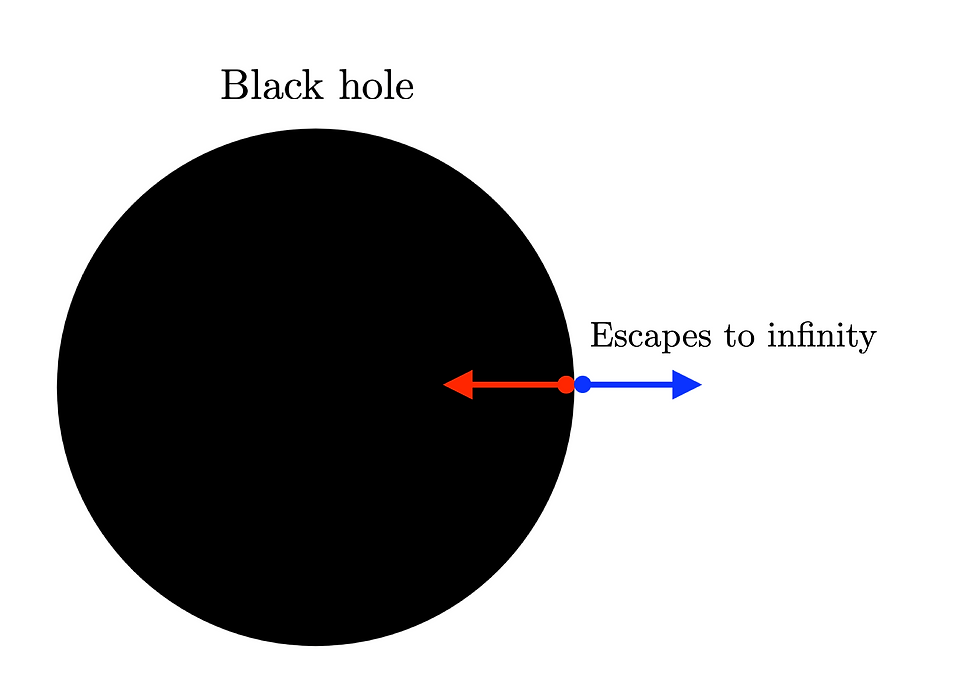What I learned from cramming my science fair project.
- Sunny Wong
- May 26, 2020
- 1 min read
For the 2019-20 school year science fair, I worked demonstrating the correlation between natural magnetic strength in motors and its rotational kinematics. However, I am not here today to discuss the nuances of my project. I am here to discuss the process of creating one. The process can be broken down into 3 main categories: planning, data sampling, project assembly. For me, the time I spent on each stage decreased as I worked on the project. When I reached the project assembly stage, I only had a single night left before the fair. Thus, I pulled an all-nighter to assemble my project. The result was barely presentable. Don't procrastinate.
Firstly, in planning, it is extremely important to have most of your material completed prior to data sampling. Once you have an abstract, hypothesis, and procedure, the path to take on the next two stages will be clear as day.
Secondly, in data sampling, it is crucial to define all variables prior to testing. Also make sure to record things that you did not specify as it comes in handy later in your experimental error analysis.
Finally, do NOT leave 1 night to assemble your project and make your poster board. It is imperative that you leave time to gather your thoughts on your data and formulate a solid conclusion.
Attached to this post are a video and a photo of the contraption where I collected my data from. The main white frame is 3D printed and the magnets on the side are rare earth neodymium magnets.



Oh Sunny... I remember helping you out with soldering on the day before the fair. Both of us were choking with smoke. I was surprised but relieved to see you in one piece the next day. Your project was great though.
This taught me lots about organization, thanks